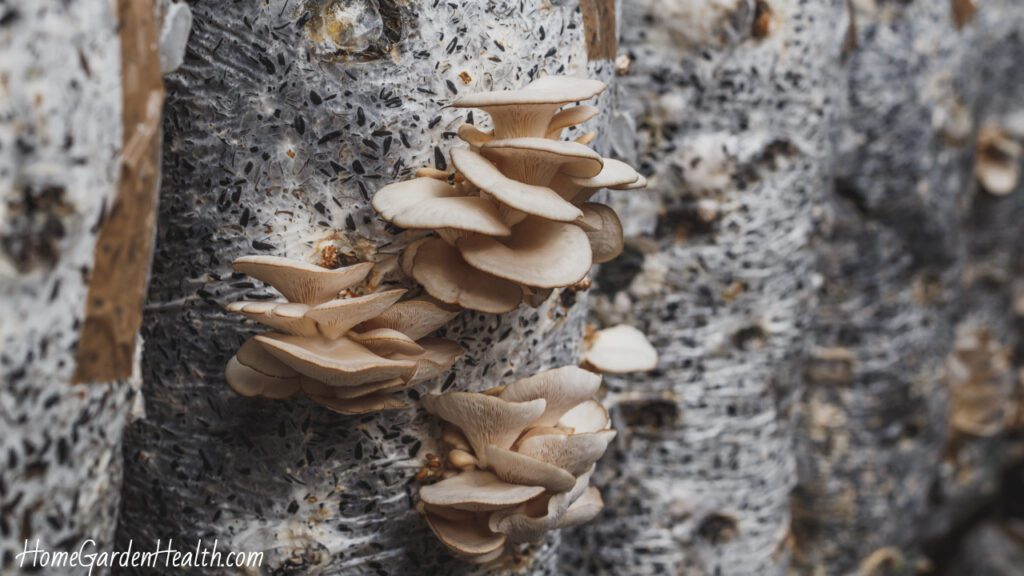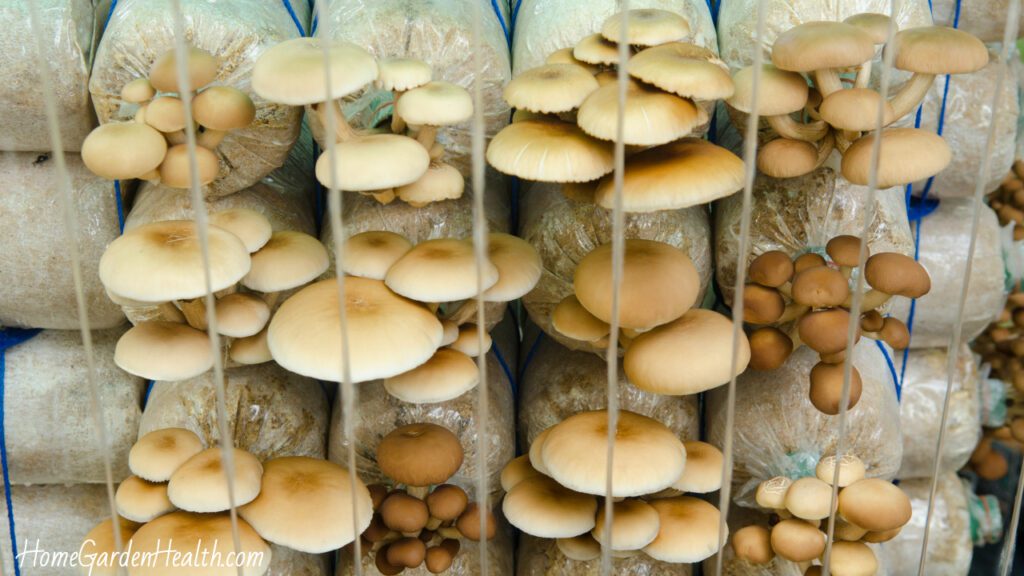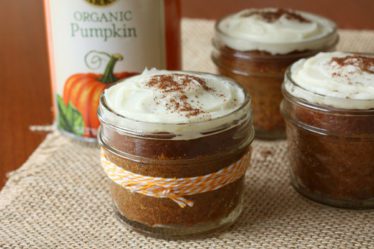
When it comes to growing mushrooms in a bag, you’re entering the fascinating world of mycology. With the right techniques and a little patience, you can cultivate a variety of delicious and exotic mushrooms right in your own home. In this comprehensive guide, we will walk you through the entire process, from selecting the right mushroom species to harvesting your bountiful crop.
Mastering the Art of Growing Mushrooms in a Bag

Selecting the Perfect Mushroom Species
Choosing the right mushroom species is the first step in successful bag cultivation. Here are some popular options:
1. Oyster Mushrooms (Pleurotus spp.)
Pleurotus, commonly known as oyster mushrooms, are an excellent choice for beginners. They are known for their adaptability, quick growth, and a delightful, mild flavor. Varieties such as Pearl, Blue, and Golden Oyster mushrooms thrive in bag cultivation.
2. Shiitake Mushrooms (Lentinula edodes)
Shiitake mushrooms offer a rich, earthy flavor and are highly prized in culinary circles. They require a bit more attention but are well worth the effort for their taste and versatility.
3. Lion’s Mane Mushrooms (Hericium erinaceus)
Lion’s Mane mushrooms are distinct in appearance, resembling a cascading white mane. They have a unique texture and flavor, making them a gourmet choice for bag cultivation.
Essential Materials and Equipment
Before we dive into the cultivation process, gather the following materials:
- High-Quality Mushroom Spawn: Ensure you purchase top-quality mushroom spawn from a reputable supplier.
- Substrate: Common substrates include straw, sawdust, or a mixture of both, depending on your chosen mushroom species.
- Mushroom Growing Bags: Select sturdy, heat-resistant bags suitable for sterilization and growth.
- Sterilization Equipment: A pressure cooker or autoclave is essential for sterilizing your substrate and bags.
- Humidity and Temperature Control: Consider using a humidifier and thermometer to maintain optimal growing conditions.
- Dedicated Growing Space: Prepare a clean, well-ventilated area for your mushroom cultivation project.
The Cultivation Process

1. Preparing the Substrate
- Start by selecting your substrate (e.g., straw or sawdust) and chop it into small, uniform pieces.
- Soak the substrate to achieve the desired moisture content, typically around 60-70%.
- Pasteurize the substrate by heating it to kill off contaminants while preserving beneficial microorganisms.
- Cool and drain the substrate thoroughly before proceeding to the next step.
- Inoculate the substrate with mushroom spawn, evenly distributing it to ensure colonization.
2. Bagging and Incubation
- Fill the sterilized bags with your prepared substrate, leaving some room for expansion.
- Seal the bags tightly, ensuring no contaminants can enter during incubation.
- Place the bags in a dark, warm, and humidity-controlled incubation area, typically around 75-80°F (24-27°C).
3. Fruiting Stage
- Initiate the fruiting stage by exposing the bags to diffused light and fresh air.
- Maintain optimal humidity levels, around 90-95%, by misting the bags regularly.
- Monitor the temperature, keeping it around 55-75°F (13-24°C) depending on the mushroom species.
- Your mushrooms will start to form and grow within a few weeks.
- Harvest them when they reach maturity, typically when the caps fully expand and just before they start releasing spores.
Troubleshooting Tips
- Contamination Control: Maintain strict cleanliness throughout the process to prevent contamination.
- Humidity: Consistently monitor and adjust humidity levels to avoid drying out or mold growth.
- Temperature: Keep the temperature within the optimal range for your specific mushroom species.
- Harvesting: Harvest your mushrooms at the right time to maximize their quality and yield.
Thinking about growing mushrooms at home? learn more here!
In Conclusion
Congratulations! You are now equipped with the knowledge and skills needed to successfully grow mushrooms in a bag. By selecting the right mushroom species, gathering the necessary materials, and following the cultivation process diligently, you can enjoy a rewarding harvest of home-grown mushrooms. Remember, each mushroom variety may have its unique requirements, so be sure to research and tailor your approach accordingly. Happy mushroom cultivation!
Thinking about growing mushrooms at home? learn more here!
FAQ (Frequently Asked Questions)
Below is a selection of frequently asked questions about growing mushrooms in a bag.
Select a mushroom species that suits your preferences and the bag cultivation method. Oyster mushrooms are a popular choice for beginners due to their adaptability and quick growth.
You’ll need mushroom spawn, substrate (like straw or sawdust), mushroom growing bags, a pressure cooker for sterilization, and humidity and temperature control equipment.
Yes, you can. Different mushroom species may require specific substrates. For example, oyster mushrooms thrive on straw, while shiitake mushrooms prefer hardwood sawdust.
Use a humidifier and regularly mist the growing area to maintain humidity levels around 90-95%.
Harvest mushrooms when their caps fully expand and before they start releasing spores. This is typically when they reach maturity and are at their peak flavor and quality.


